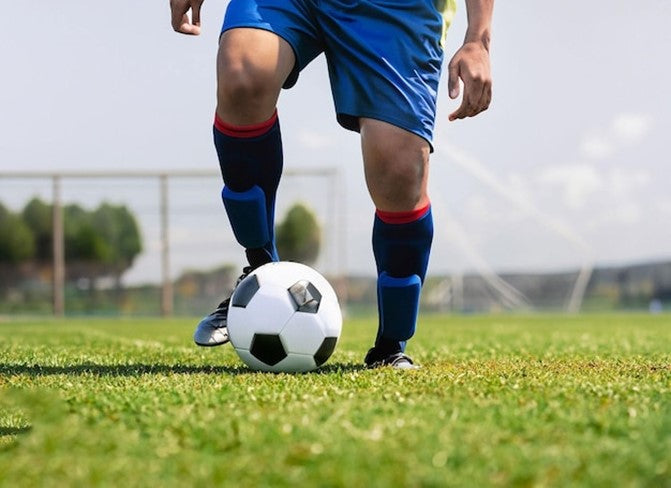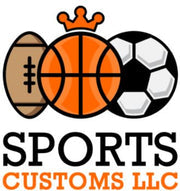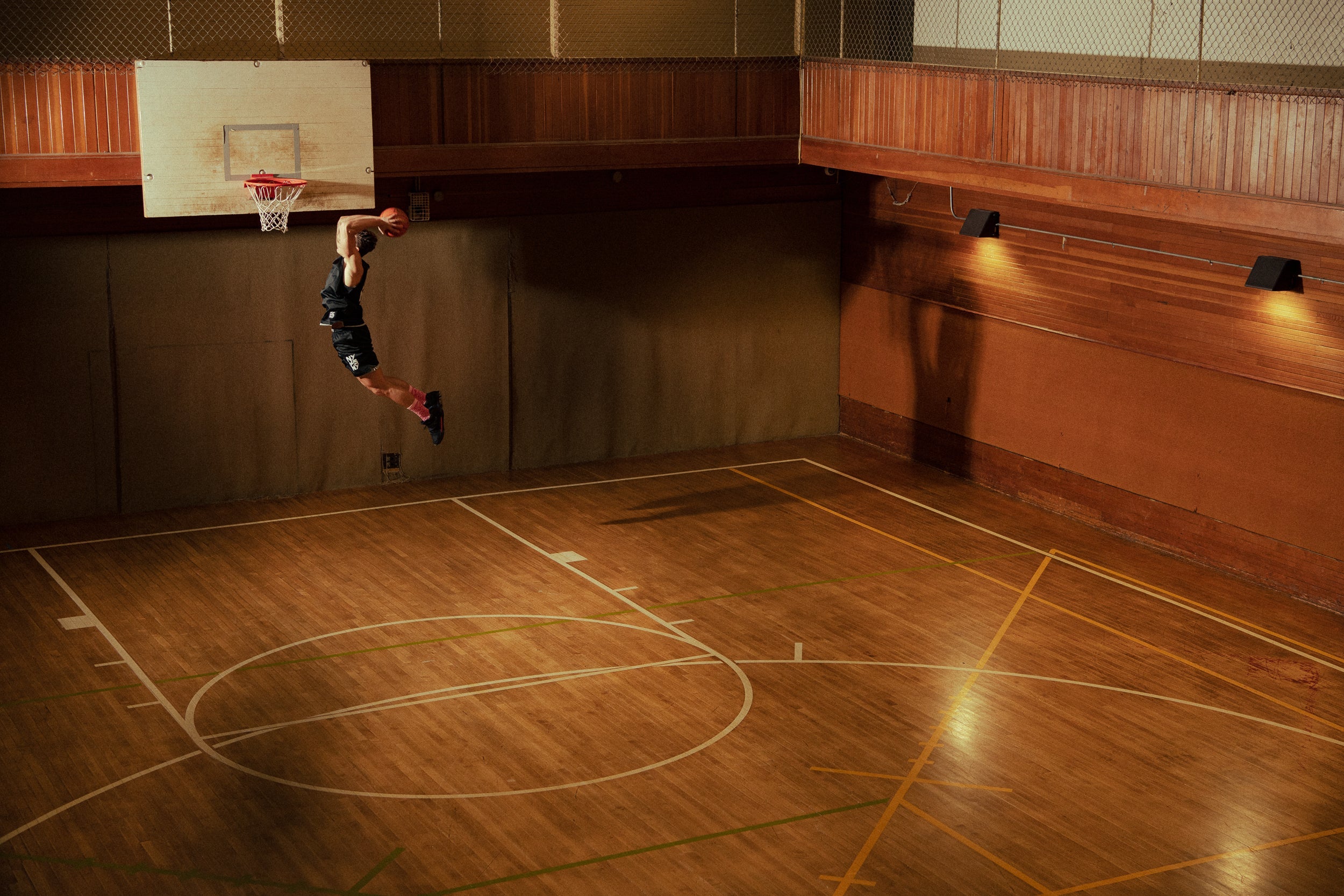
Understanding Soccer Ball Sizes

Choosing the right size of a soccer ball is important to ensure the game is played correctly and safely. Soccer balls come in different sizes, and the appropriate size is generally determined by the player's age group. Here are the standard sizes:
- Size 5: Circumference of about 27 to 28 inches (68 to 70 cm) and weigh between 14 to 16 ounces (400 to 450 grams).

This is the standard size for adults and is used in most professional and amateur leagues worldwide. It is suitable for players aged 12 and older.
- Size 4: circumference of about 25 to 26 inches (63.5 to 66 cm) and weigh between 12 to 13 ounces (350 to 390 grams).

This size is typically used for players aged 8 to 12. It is a bit smaller than the standard adult size and is suitable for youth players.
- Size 3: Circumference of about 23 to 24 inches (58.5 to 61 cm) and weigh between 11 to 12 ounces (300 to 340 grams).

This size is designed for younger players, usually under the age of 8. It's smaller and lighter to accommodate the smaller feet and strength of younger players.
When choosing a soccer ball, consider the following guidelines:
- Age Group: Match the ball size to the age group of the players. Younger players may find it difficult to control or kick a ball that is too large or heavy for them.
- League or Tournament Regulations: If you're playing in a specific league or tournament, check their regulations regarding the approved size of soccer balls.
- Personal Preference: Some players may have personal preferences for the feel and handling of a particular size of the ball. It's always a good idea to let players try different sizes to see what feels most comfortable for them.
- Playing Surface: Consider the type of playing surface. Some balls are designed specifically for grass, turf, or indoor play.
- Material: Soccer balls are typically made from synthetic leather or PVC (polyvinyl chloride) for recreational play. Professional-grade balls may be made from PU (polyurethane) or genuine leather.
- Inflation: The recommended air pressure for a soccer ball is usually specified by the manufacturer. It's important to inflate the ball to the proper pressure to ensure optimal performance.
- Brands and Models: Include information about popular soccer ball brands and models, especially those endorsed by professional players or used in major tournaments.
- Specialized Balls: Mention any specialized balls, such as futsal balls, beach soccer balls, or indoor soccer balls, and their unique characteristics.
- Care and Maintenance: Provide tips on how to care for and maintain soccer balls, including proper storage, cleaning, and handling.
- Regulations and Guidelines: Highlight any regulations or guidelines set by soccer governing bodies, like FIFA, regarding the size and specifications of soccer balls used in official competitions.
- Technology and Innovations: Explore any recent technological advancements or innovations in soccer ball design that enhance performance or durability.
In conclusion, when it comes to selecting the right soccer ball size, the importance of making a wise choice cannot be overstated. The size of the ball directly influences the quality of play, player comfort, and overall game experience.
Choosing a soccer ball that aligns with the appropriate size guidelines for your age group ensures fair and enjoyable gameplay. Opting for a size too large or too small can negatively impact your control, accuracy, and overall performance on the field.



